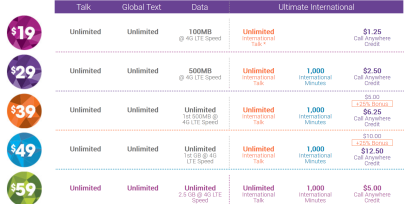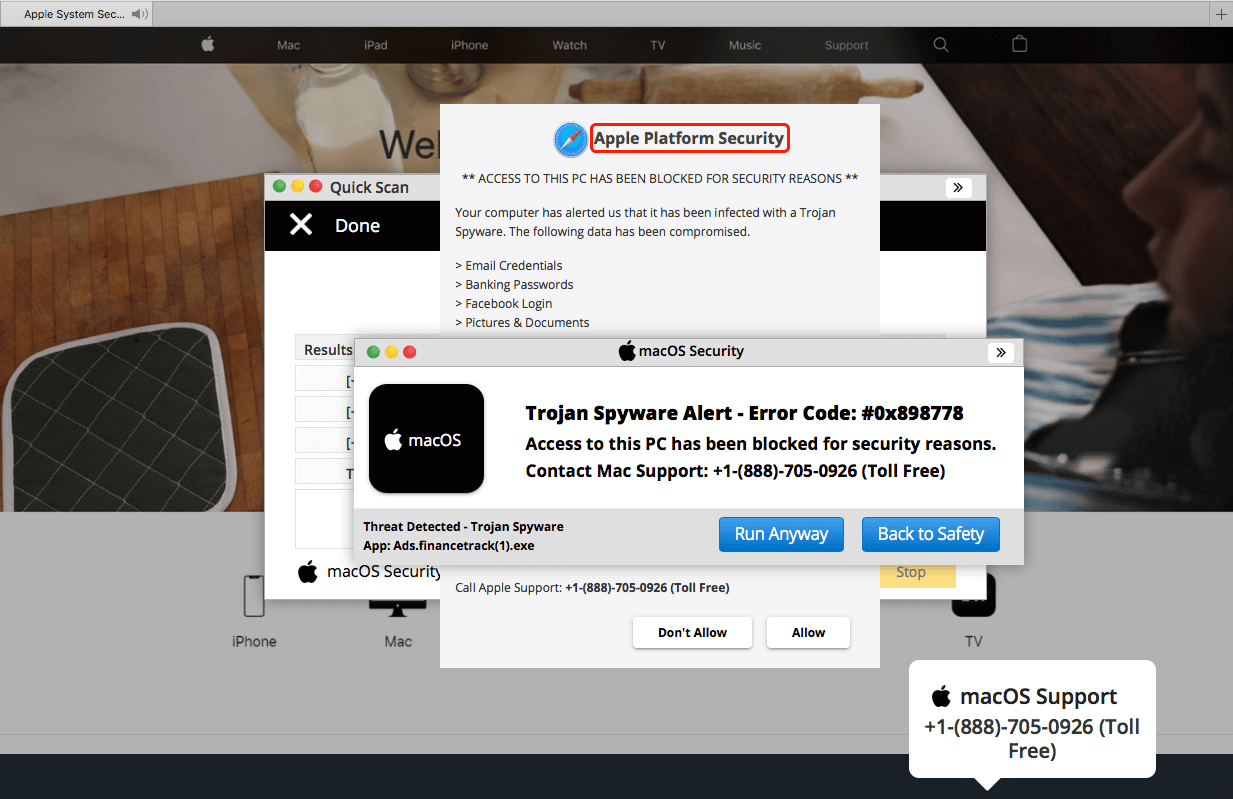Understanding the Basics of Your Home DSL Service
3 min readUnderstanding the Basics of Your Home DSL Service  Older consumers might remember when accessing the internet meant dialing into the phone company’s exchange in order to establish a connection. When you had finished surfing online, you would disconnect from the exchange. The connection went through your analog modem, and the signal was piped through your telephone provider’s lines. Things have changed. Many people now access the internet through a technology known as Digital Subscriber Line. This article will explore how the technology works. We’ll explain why it is faster than using a traditional analog modem even though the connection uses the same telephone lines. We’ll also take a brief look at security issues posed by the continuous access. Why Is It Faster Than Dial-Up? The rate of data transfer through a DSL provider is dependent on a number of factors. The distance of your residence from the provider’s central office, or hub, will affect the throughput. The further away your home is, the slower the data transfer. So too, will the quality of the phone lines influence the speed at which the packets travel. Digital Subscriber Line technology is much faster than using a traditional modem to access the internet – it’s often up to twenty times as fast. The reason is due to the frequencies the technology uses on your residential phone lines. When you use your telephone, your voice is transmitted through the lower frequencies. DSL uses the higher frequencies to send data. The modem splits the signal between data and voice and sends each along the appropriate path. This is the reason you can talk on your telephone while simultaneously using the internet. Continuous Access And Security Unlike using an analog modem that must be disconnected at the end of each session, a DSL modem maintains the connection. It is continuous. The unbroken connection is convenient because there’s no need to dial into your provider’s public exchange each time you want to access the internet. However, that connection also presents a potential security risk. Trojans, malware, and spyware exist online and look for openings through specific unguarded ports through which to infect your computer. This is the reason installing a firewall is so important. It serves as a crossing guard for any data that moves back and forth between your computer and the internet. Other Broadband Options If you are unable to enjoy Digital Subscriber Line service at your residence, your other options are cable, satellite, and ISDN (though the latter is seldom used). Cable can offer the same unbroken connection with comparable data transfer rates as DSL. However, as more people join the network, its speed slows down. Satellite internet is much slower and expensive. It is typically reserved for those who live in areas not serviced by DSL or cable providers. ISDN is faster than an analog modem, but not by much. What’s more, as market penetration of DSL continues to grow, ISDN will likely follow the analog modem into extinction.
Older consumers might remember when accessing the internet meant dialing into the phone company’s exchange in order to establish a connection. When you had finished surfing online, you would disconnect from the exchange. The connection went through your analog modem, and the signal was piped through your telephone provider’s lines. Things have changed. Many people now access the internet through a technology known as Digital Subscriber Line. This article will explore how the technology works. We’ll explain why it is faster than using a traditional analog modem even though the connection uses the same telephone lines. We’ll also take a brief look at security issues posed by the continuous access. Why Is It Faster Than Dial-Up? The rate of data transfer through a DSL provider is dependent on a number of factors. The distance of your residence from the provider’s central office, or hub, will affect the throughput. The further away your home is, the slower the data transfer. So too, will the quality of the phone lines influence the speed at which the packets travel. Digital Subscriber Line technology is much faster than using a traditional modem to access the internet – it’s often up to twenty times as fast. The reason is due to the frequencies the technology uses on your residential phone lines. When you use your telephone, your voice is transmitted through the lower frequencies. DSL uses the higher frequencies to send data. The modem splits the signal between data and voice and sends each along the appropriate path. This is the reason you can talk on your telephone while simultaneously using the internet. Continuous Access And Security Unlike using an analog modem that must be disconnected at the end of each session, a DSL modem maintains the connection. It is continuous. The unbroken connection is convenient because there’s no need to dial into your provider’s public exchange each time you want to access the internet. However, that connection also presents a potential security risk. Trojans, malware, and spyware exist online and look for openings through specific unguarded ports through which to infect your computer. This is the reason installing a firewall is so important. It serves as a crossing guard for any data that moves back and forth between your computer and the internet. Other Broadband Options If you are unable to enjoy Digital Subscriber Line service at your residence, your other options are cable, satellite, and ISDN (though the latter is seldom used). Cable can offer the same unbroken connection with comparable data transfer rates as DSL. However, as more people join the network, its speed slows down. Satellite internet is much slower and expensive. It is typically reserved for those who live in areas not serviced by DSL or cable providers. ISDN is faster than an analog modem, but not by much. What’s more, as market penetration of DSL continues to grow, ISDN will likely follow the analog modem into extinction.







